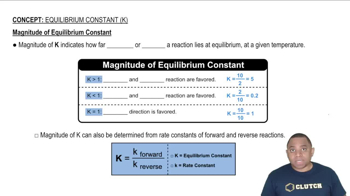Here are the essential concepts you must grasp in order to answer the question correctly.
Ionization Energy
Ionization energy is the energy required to remove an electron from a neutral atom in its gaseous state. For noble gases like neon, this value is typically high due to their stable electron configuration. The process is endothermic, meaning it absorbs energy, resulting in a positive value for ionization energy.
Recommended video:
Electron Affinity
Electron affinity is the energy change that occurs when an electron is added to a neutral atom in the gaseous state. This process can be exothermic, releasing energy, which results in a negative value for electron affinity. For elements like fluorine, which readily gain electrons, the electron affinity is significantly negative, indicating a strong tendency to attract electrons.
Recommended video:
Comparison of Magnitudes
While both ionization energy and electron affinity relate to electron interactions, their magnitudes are not expected to be equal. Ionization energy is generally larger than electron affinity because removing an electron from a stable configuration (like neon) requires more energy than adding an electron to a less stable configuration (like fluorine). Thus, the ionization energy of neon will be greater than the electron affinity of fluorine.
Recommended video:
Magnitude of Equilibrium Constant
 Verified step by step guidance
Verified step by step guidance

